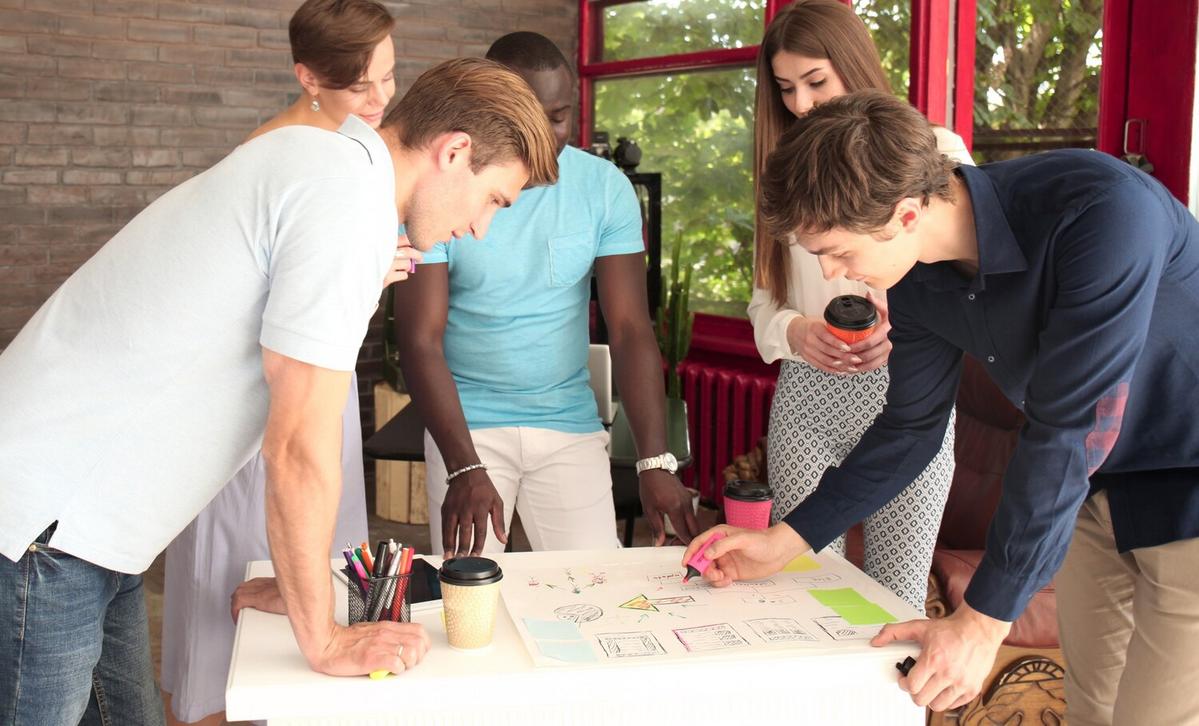In the realm of human-centered education, project-based learning (PBL) emerges as a transformative approach that equips students with essential skills for the future. This educational method not only fosters critical thinking and collaboration but also empowers students to take charge of their learning journey.
Understanding Project-Based Learning
Project-Based Learning is an instructional methodology where students learn by actively engaging in real-world and personally meaningful projects. According to Dr. Mary Ann Wolf, a leader in educational innovation, PBL encourages students to “develop deeper learning competencies required for success in college, career, and civic life.” This approach has been shown to improve problem-solving skills and increase student motivation.
Key Benefits of Project-Based Learning
- Enhances Engagement: Students are more motivated when they see the relevance of their work to real-life situations.
- Develops Critical Thinking: PBL requires students to think critically and solve complex problems.
- Fosters Collaboration: Through teamwork, students learn to communicate effectively and work together towards a common goal.
Supporting Research and Findings
A study published in the Journal of Educational Psychology found that PBL can lead to improved student performance, particularly in science education. Additionally, the Buck Institute for Education reports that students involved in PBL exhibit higher retention rates and improved attitudes towards learning.
Real-Life Application
Consider a classroom where students are tasked with designing a sustainable garden. This project not only teaches them about environmental science but also involves mathematics, art, and social studies. They must research plant species, calculate costs, and even design promotional materials, integrating multiple disciplines into one cohesive project.
Actionable Tips for Implementing PBL
- Start Small: Begin with a short-term project to familiarize students with the process.
- Integrate Core Subjects: Design projects that incorporate various subjects to provide a holistic learning experience.
- Encourage Reflection: Have students reflect on their learning process and outcomes to deepen their understanding.
Comparative Analysis of Traditional vs. Project-Based Learning
| Aspect | Traditional Learning | Project-Based Learning |
|---|---|---|
| Focus | Memorization | Application |
| Assessment | Standardized Tests | Performance-Based |
| Student Role | Passive | Active |
| Teacher Role | Lecturer | Facilitator |
| Skill Development | Limited | Comprehensive |
| Engagement | Low | High |
| Collaboration | Minimal | Extensive |
| Real-World Connection | Theoretical | Practical |
FAQ
What is the main goal of Project-Based Learning?
The main goal is to engage students in real-world problems and challenges, helping them to develop critical thinking, collaboration, and communication skills.
How does PBL differ from traditional learning?
Unlike traditional learning, which often focuses on rote memorization, PBL emphasizes hands-on, experiential learning where students actively solve problems.
Can PBL be integrated into any subject?
Yes, PBL can be adapted to fit any subject area by designing projects that incorporate relevant skills and concepts.
Conclusion
Empowering students through Project-Based Learning approaches creates an enriching educational experience that prepares them for future challenges. By fostering critical thinking, collaboration, and real-world problem-solving, PBL not only enhances academic development but also nurtures lifelong learners. Educators are encouraged to integrate PBL into their teaching strategies to unlock the full potential of their students.



Leave a Reply